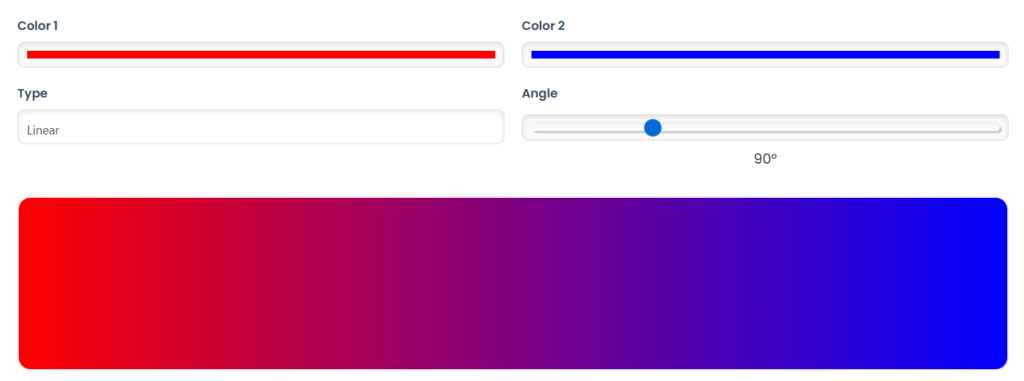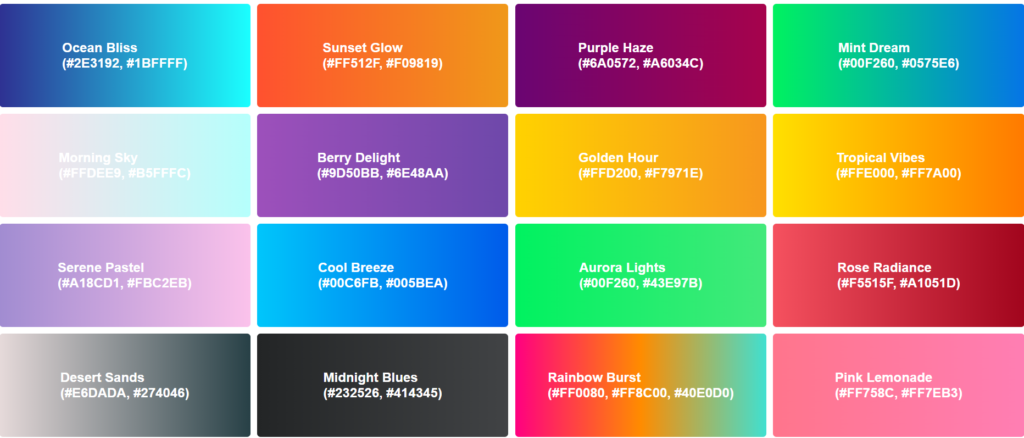Brown is one of the most natural and comforting Shades of Brown colors we see in our daily lives. From wood and soil to hair and leather, brown is everywhere. It gives off warmth, stability, and a cozy feeling. In design, fashion, painting, and even web development, shades of brown are often used to create a soft, grounded, and calm atmosphere.
In this article, we’ll explore the many shades of brown, explain what makes each one special, and provide their color codes so you can use them easily in your own projects. Everything is explained in a simple and easy-to-understand way, so whether you’re a beginner or just curious, this guide is for you.
What Makes Brown a Unique Color?
Brown is created by mixing the primary colors red, yellow, and blue. It can also be made by combining complementary colors like red and green. Depending on how much of each color is used, you get a wide variety of browns—from light beige to dark chocolate.
One interesting thing about brown shades is that they don’t always have clear names. A name like “tan” or “chestnut” can refer to several similar colors. Because of that, it’s helpful to know the hex code (used in websites) and the RGB code (used in digital design) to get the exact shade you want.
List of Popular Shades of Brown (with Codes)
Here’s a simple table of brown shades, with their names, hex codes, and RGB codes:
| Color Name | Hex Code | RGB Code |
|---|---|---|
| Almond | #EADDCA | rgb(234, 221, 202) |
| Brass | #E1C16E | rgb(225, 193, 110) |
| Bronze | #CD7F32 | rgb(205, 127, 50) |
| Brown | #A52A2A | rgb(165, 42, 42) |
| Buff | #DAA06D | rgb(218, 160, 109) |
| Burgundy | #800020 | rgb(128, 0, 32) |
| Burnt Sienna | #E97451 | rgb(233, 116, 81) |
| Burnt Umber | #6E260E | rgb(110, 38, 14) |
| Camel | #C19A6B | rgb(193, 154, 107) |
| Chestnut | #954535 | rgb(149, 69, 53) |
| Chocolate | #7B3F00 | rgb(123, 63, 0) |
| Cinnamon | #D27D2D | rgb(210, 125, 45) |
| Coffee | #6F4E37 | rgb(111, 78, 55) |
| Cognac | #834333 | rgb(131, 67, 51) |
| Copper | #B87333 | rgb(184, 115, 51) |
| Cordovan | #814141 | rgb(129, 65, 65) |
| Dark Brown | #5C4033 | rgb(92, 64, 51) |
| Dark Red | #8B0000 | rgb(139, 0, 0) |
| Dark Tan | #988558 | rgb(152, 133, 88) |
| Ecru | #C2B280 | rgb(194, 178, 128) |
| Fallow | #C19A6B | rgb(193, 154, 107) |
| Fawn | #E5AA70 | rgb(229, 170, 112) |
| Garnet | #9A2A2A | rgb(154, 42, 42) |
| Golden Brown | #966919 | rgb(150, 105, 25) |
| Khaki | #F0E68C | rgb(240, 230, 140) |
| Light Brown | #C4A484 | rgb(196, 164, 132) |
| Mahogany | #C04000 | rgb(192, 64, 0) |
| Maroon | #800000 | rgb(128, 0, 0) |
| Mocha | #967969 | rgb(150, 121, 105) |
| Nude | #F2D2BD | rgb(242, 210, 189) |
| Ochre | #CC7722 | rgb(204, 119, 34) |
| Olive Green | #808000 | rgb(128, 128, 0) |
| Oxblood | #4A0404 | rgb(74, 4, 4) |
| Puce | #A95C68 | rgb(169, 92, 104) |
| Red Brown | #A52A2A | rgb(165, 42, 42) |
| Red Ochre | #913831 | rgb(145, 56, 49) |
| Russet | #80461B | rgb(128, 70, 27) |
| Saddle Brown | #8B4513 | rgb(139, 69, 19) |
| Sand | #C2B280 | rgb(194, 178, 128) |
| Sienna | #A0522D | rgb(160, 82, 45) |
| Tan | #D2B48C | rgb(210, 180, 140) |
| Taupe | #483C32 | rgb(72, 60, 50) |
| Tuscan Red | #7C3030 | rgb(124, 48, 48) |
| Wheat | #F5DEB3 | rgb(245, 222, 179) |
| Wine | #722F37 | rgb(114, 47, 55) |
What Are Hex and RGB Codes?
- Hex Code: This is a 6-digit code used in web design to represent colors. It starts with a
#followed by numbers and letters. For example, the hex code for tan is#D2B48C. - RGB Code: This stands for Red, Green, Blue. It’s a mix of those three colors, and each number ranges from 0 to 255. For example,
rgb(210, 180, 140)is also tan.
These codes are important for designers, artists, and developers who need precise control over the colors they use.
How Are Brown Shades Used?
Brown colors are used in many areas:
- Interior Design: Shades like mocha, taupe, and walnut brown are popular for walls, furniture, and floors.
- Fashion: Browns like camel, tan, and chocolate are often used in clothing, especially in autumn and winter.
- Web Design: Light browns and beige tones make websites feel calm and welcoming.
- Art and Painting: Artists use deep browns like burnt umber and sienna for earthy tones and shadows.
Because brown is such a natural and flexible color, it fits almost anywhere.
Tips for Using Brown in Design
- Mix with Light Colors: Pair brown with white, cream, or beige for a classic, clean look.
- Add Warmth with Orange or Red: Browns with a red or orange undertone feel warm and cozy.
- Balance with Cool Colors: Cool colors like teal or blue go well with brown to create contrast.
Final Thoughts
Brown may not always stand out like bright red or electric blue, but its strength lies in its warmth and reliability. From almond to wine, every shade of brown tells a different story. Whether you’re designing a home, building a website, or choosing an outfit, brown tones bring balance and beauty.


